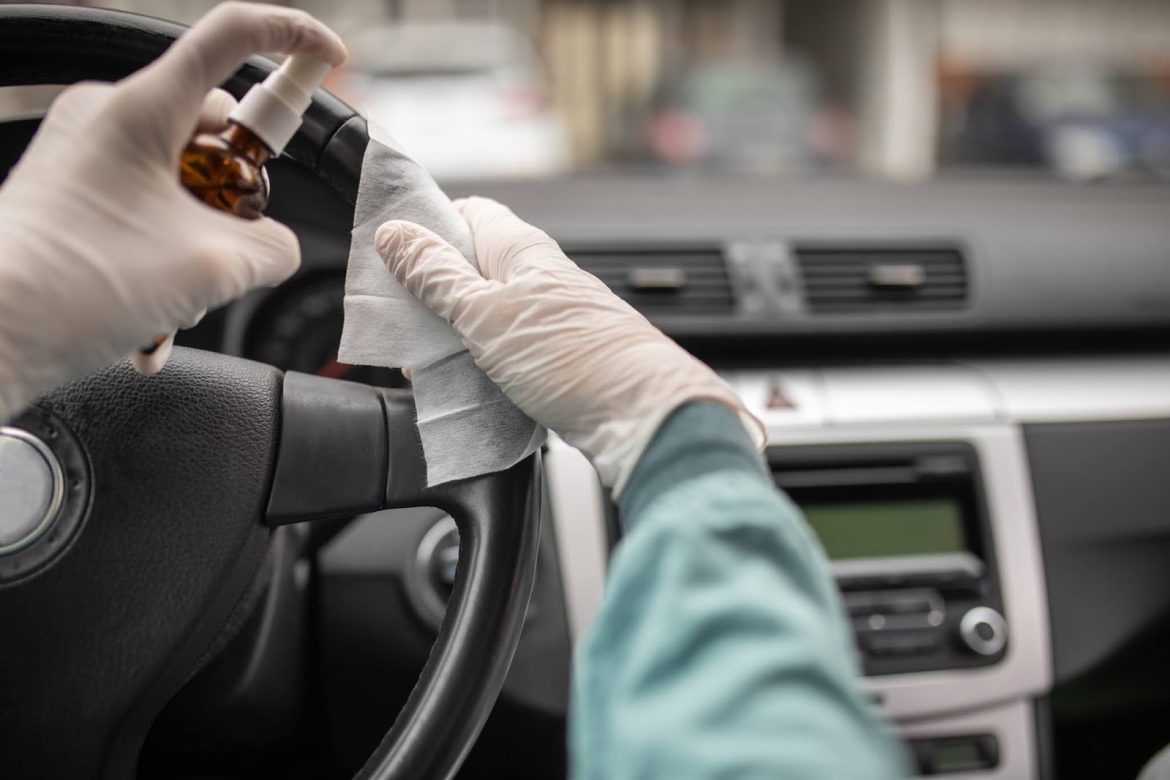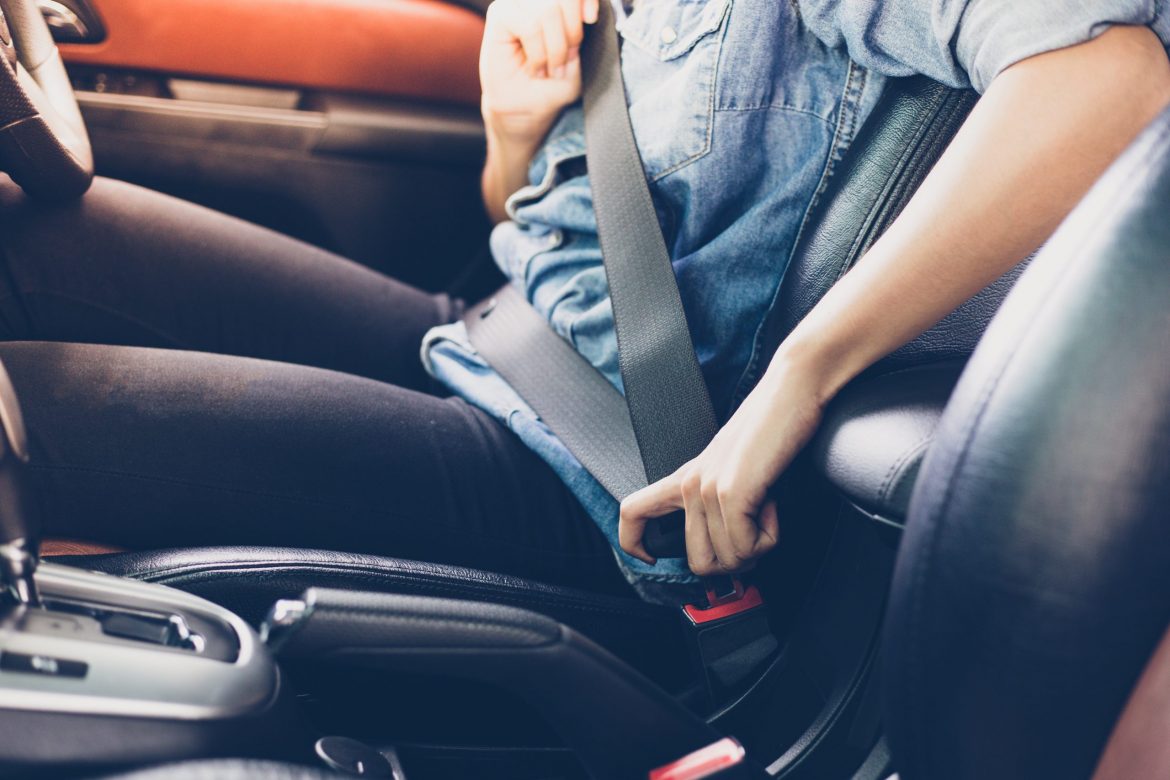New measures for driving schools - Covid19
A lot is changing from today for the unvaccinated citizens, who will face restrictions in many activities, as they will not be able to enter indoors without a vaccination certificate or rapid test. We also have changes in the driving schools where the following applies:
The following is allowed:
- Theoretical training courses for all categories and periodic training of a Certificate of Professional Competence (P.E.I.) for the transport of goods / passengers under the following conditions: a) keeping a distance of one and a half (1.5) meters inside the room, and b) performing a diagnostic once (1) once a week, using rapid antigen tests (rapid test) for COVID-19 coronavirus for trainees and trainers.
- Practical training courses of all categories under the following conditions: a) disinfection between successive courses of the points of the training vehicle with which the involved persons come in contact and b) conducting a diagnostic test once (1) a week, with theuse of rapid antigen tests for COVID-19 coronavirus for trainees and trainers.
It is allowed to carry out qualification and behavior tests of all categories and practical examinations for obtaining P.E.I. (Certificate of Professional Competence) subject to compliance with the following:
- Under the responsibility of the instructor present, the transfer of the candidates to and from the examination area is carried out in compliance with the restrictive measures and rules for passenger transport that have been taken due to the coronavirus COVID-19.
- a) For candidate drivers who are not fully vaccinated, a test using rapid antigen tests (rapid test) within forty eight (48) hours before the test, b) for examiners and trainers who are not fully vaccinated, a test (1) once a week, using rapid antigen tests for coronavirus COVID-19.
- Carrying out the control of the supporting documents and the questions outside the educational vehicle.
- Disinfection, between successive tests, of the points of the training vehicle with which the persons involved come in contact.
• Especially for the categories AM, Al, A2 and A, the candidate is examined wearing the provided personal equipment and clothing. In case you do not have the provided cloak (jacket) and / or pants, the use of respectively elbows, knee pads and headgear of the Driving School is allowed, which, with the care of the instructor present, must be disinfected before each use.
- Especially for categories AM, Al, A2 and A, the examiner and instructor in the following passenger vehicle sit in a diagonal position, to ensure the maximum possible distance between them.
• In all theoretical and practical examinations, as well as in the theoretical and practical training of the above cases, the fully vaccinated examiners and trainers, according to par. 2 of article 10 and the examiners and trainers who have been ill in the last six months, according to par. Article 10, as well as those who have been fully vaccinated and those who have been ill and have been ill for the last six months, shall be exempted from the control using a rapid antigen test (rapid test) for the coronavirus COVID-19.




